A bar trail serving haiku on the rocks
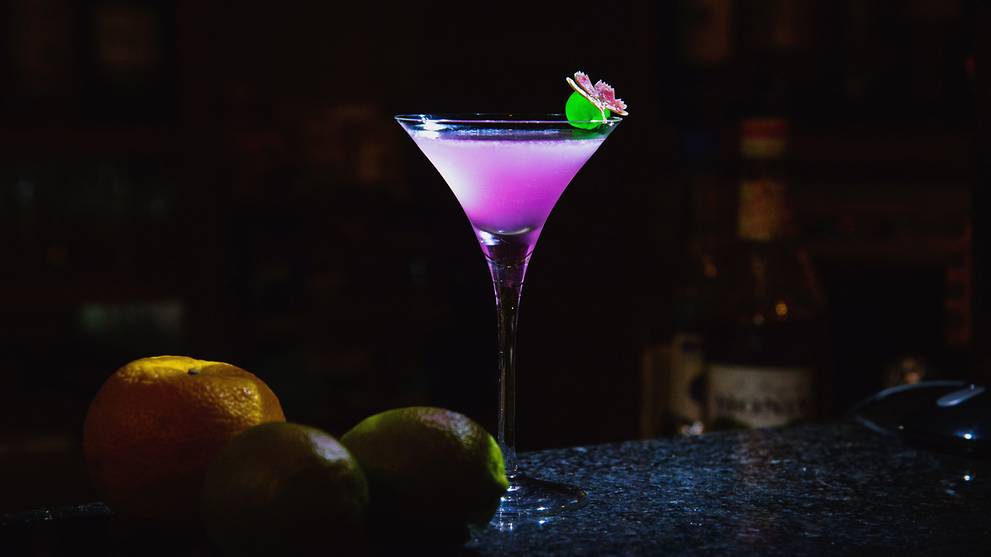 |
| A haiku-inspired cocktail at Riff Bar in Matsuyama. (Photo: Ko Sasaki © 2017 The New York Times) |
NEW YORK: On a cold and rainy night earlier this year, I found myself at Hoyaken, a matchbook-size bar in Matsuyama, a city in the southwest corner of Shikoku, the least visited of Japan’s four main islands.
In Shikoku dialect, hoyaken means but anyway, and there at the bar, chopsticks rested on a perfectly still peanut shell, while sake and literary conversation flowed. The bar’s owners, husband and wife Tomoko and Satoshi Kadoya, talked to me about their favourite poets, both Japanese and American. But haiku was never far from their minds.
Hoyaken is stocked with magazines and bilingual glossaries of kigo - haiku words used to connote the season like cicada for summer, scarecrow for autumn, and the winter-blooming camellia. It is an ideal setting to write these 17-syllable seasonal poems using the classic 5-7-5 syllable stanzas, or to drop the syllable form altogether and go freestyle as most haiku enthusiasts do these days.
Welcome to the haiku bar trail.
Matsuyama, Shikoku’s biggest and liveliest city is known for its 19th-century haiku poet, Masaoka Shiki, one of Japan’s four haiku masters. Shiki coined the term haiku.
This year, to celebrate Shiki’s 150th birthday, the city launched a programme of haiku-related events, including a recent haiku photo contest, and a haiku sensory trail where you can experience the hourly chimes and dancing figurines of the Botchan Karakuri windup clock.
Or the scent of incense at Ishite-Ji Temple and the haiku bar trail, where you can hone your haiku techniques, while nursing a boozy concoction inspired by your own verse.
The idea of the haiku bars comes from the Matsuyama resident Kim Changhee, a haiku writer, illustrator and editor of Haiku Magazine’s 100-Year Haiku Plan.
“New Orleans has its jazz bars, so Matsuyama should have haiku bars,” he said in terms as simple as a haiku itself.
Three bars have joined the haiku trail so far and a few hotels in nearby Dogo Onsen, an outlying neighbourhood known for its ancient hot baths, are expected to join in 2018.
At each location, visitors are expected to write their own haiku. Haiku pen names are given for free and it’s 900 yen (about US$8) to experience a haiku-inspired cocktail. I tried my hand last winter at Bar Caravan, a now-defunct bar in the city centre.
Instead of a drink, bartender Chieko gave me a pen and paper. I wrote on it:
“1,000 cold grays
at Dogo Park, until
Kawasemi blue!”
I handed it to the bartender. She read it, looking puzzled, then exclaimed: “Ah, kawasemi!”
Kawasemi is Japanese for the colourful kingfisher bird. She scurried away and returned, smiling with a martini glass filled with the unmistakable crystalline blue Curacao liquor and vodka.
By day, Chieko is a member of a jazz haiku group, but by night she pours spirits in exchange for verse. She now serves haiku cocktails at Riff Bar, a few blocks from Hoyaken.
Haiku cocktails run the gamut - some are subtle and emphasise local liquors made in Shikoku’s Ehime Prefecture, known for its unique varietals of citrus like iyokan, mikan and even yuzu, while others feature technicolour concoctions using Midori and Curacao. (Unless you love those syrupy spirits, be careful which colours you wax poetic about.)
In addition to experiencing the haiku bars, I dropped by a haiku jazz bar called Monk with a group of haiku writers, where we listened to the all-female Japanese jazz quintet Ladybird.
I also spent a few days exploring the city’s haiku trail, stopping to write additional verse at some of the 93 haiku boxes (including 10 new ones) around the city’s historic sites and parks, like hilly Dogo Park, with its ponds, cherry trees and Shinto shrine-lined trails.
It was there that I spent a gray afternoon bird-watching for kawasemi, the common kingfisher who would later inspire my haiku.
Haiku boxes can be found at the seventh-century hilltop Hogon-ji Temple, at an ice-cream stand on the trail along the 400-year-old stone walls outside Matsuyama Castle, one of Japan’s 12 original castles, and outside the famed Dogo Onsen, a vintage bathhouse that inspired Studio Ghibli’s anime classic Spirited Away.
At each box, there’s a pen and paper for visitors to compose haiku and deposit it in a drop-box where it will later be collected.
Every two months, the best Japanese haiku are chosen and presented in the local newspaper, Ehime Shinbun. The best haiku by foreign enthusiasts like myself are only selected once a year.
A man and his kingfisher can dream.
What the stars mean:
★ Poor ★ ★ Promising ★★★ Good ★★★★ Very good ★★★★★ Exceptional
Latest News
More News
- Vietnam’s tourism brand in need of methodical marketing strategies (May 17, 2024 | 07:52)
- Muong Thanh Group sets record for largest simultaneous Thai Xoe dance performances (May 08, 2024 | 11:42)
- Trang An marks 10th anniversary as UNESCO World Heritage Site (April 30, 2024 | 09:00)
- Visiting Trang An Heritage Region 2024 to join Trang An Festival (April 29, 2024 | 08:57)
- Le Méridien Saigon launches new series of Chefs' Table (April 15, 2024 | 15:35)
- Promoting Vietnam's tourism in Hollywood (April 13, 2024 | 08:00)
- Destination MICE events at La Veranda Resort Phu Quoc (April 12, 2024 | 10:37)
- Ninh Binh ranks 4th in top 10 less-visited wonders of the world (April 11, 2024 | 15:25)
- Expensive airfares force travellers to rethink holiday plans (April 11, 2024 | 10:28)
- Italian Design Day held in Vietnam (April 01, 2024 | 15:09)

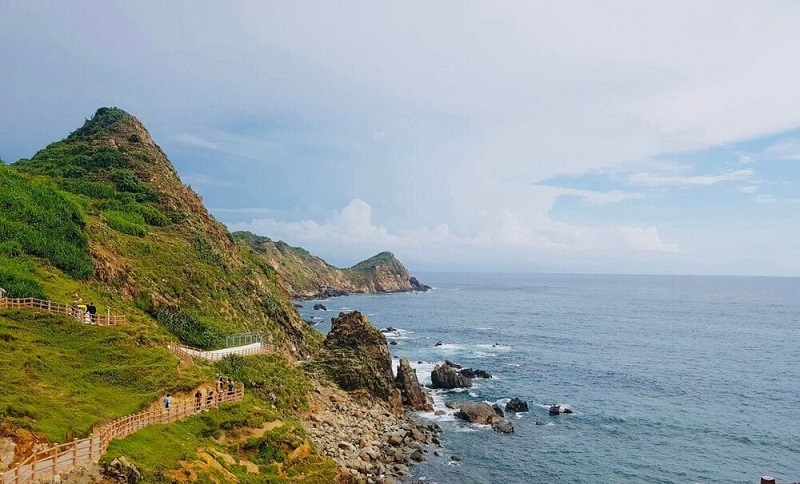
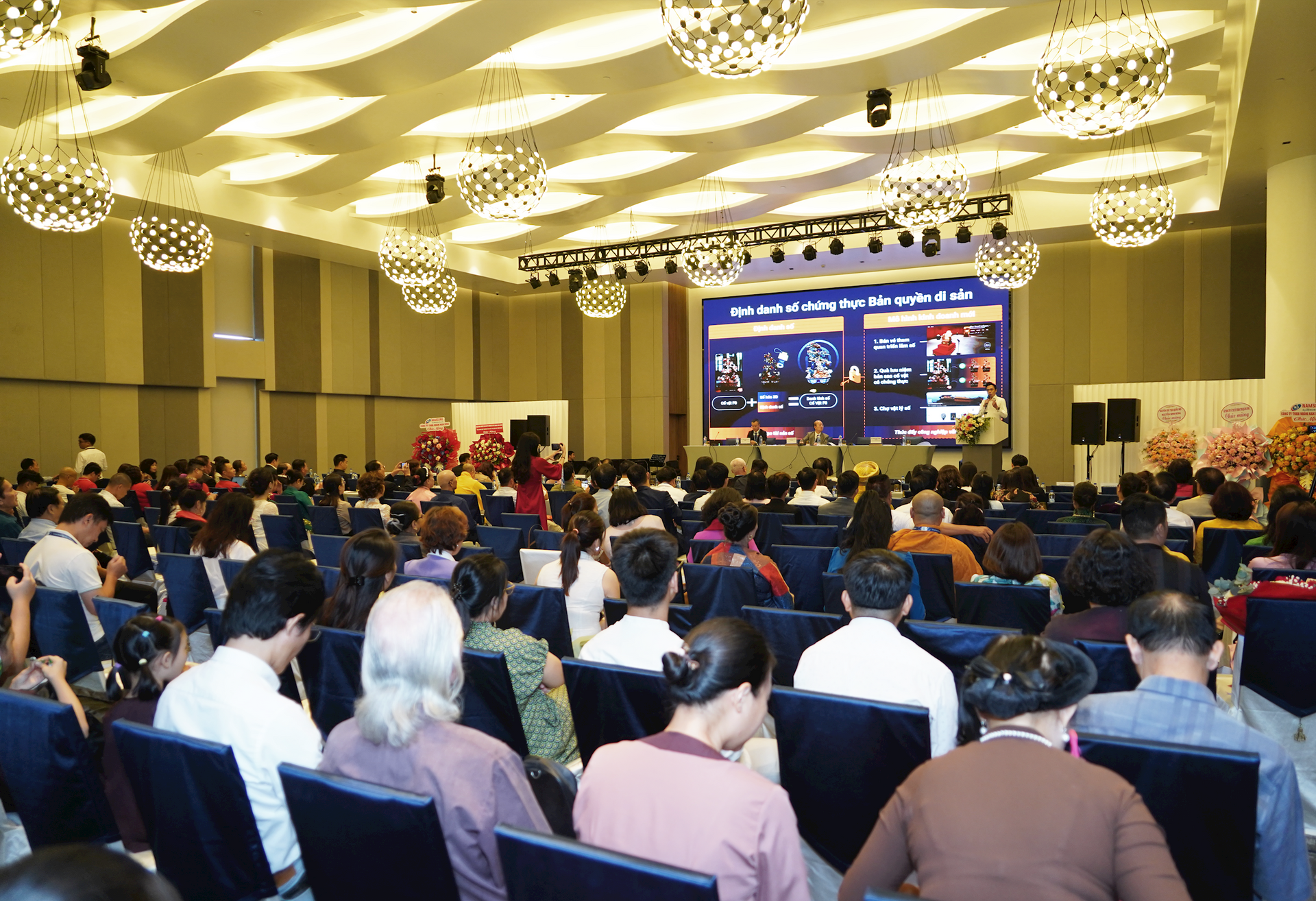
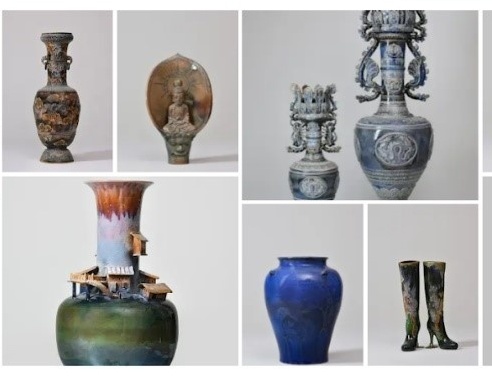
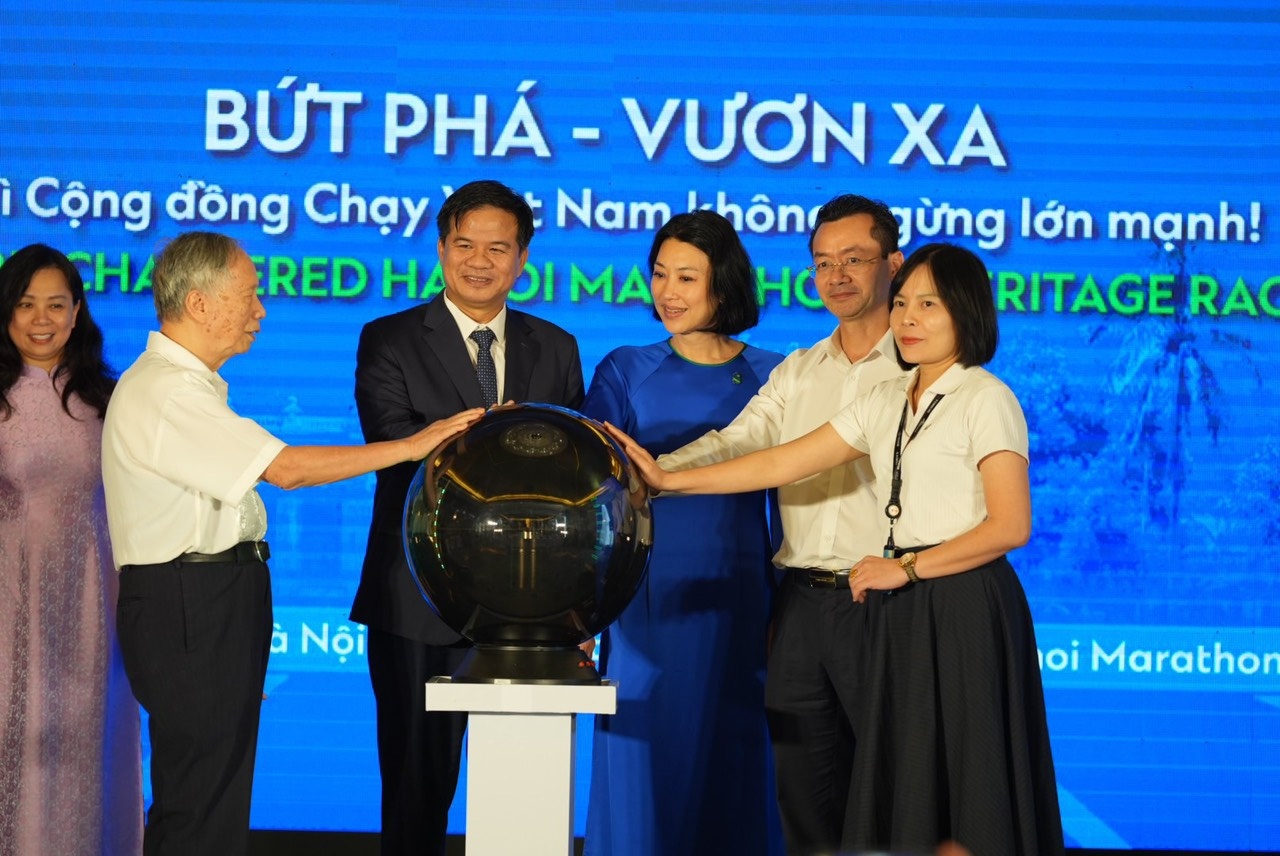
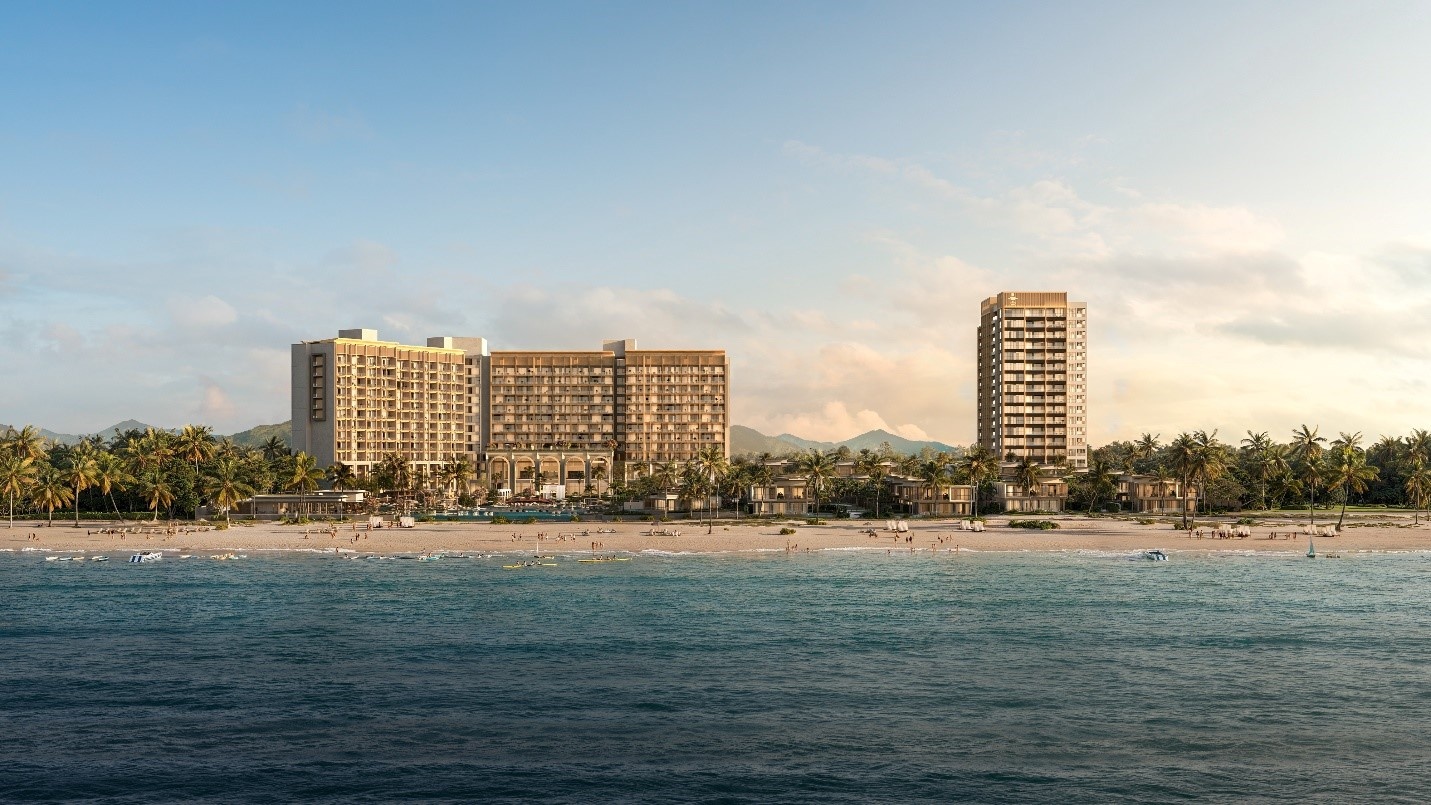



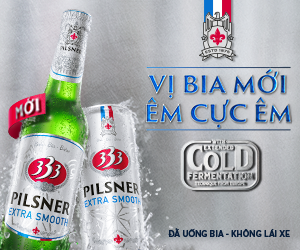

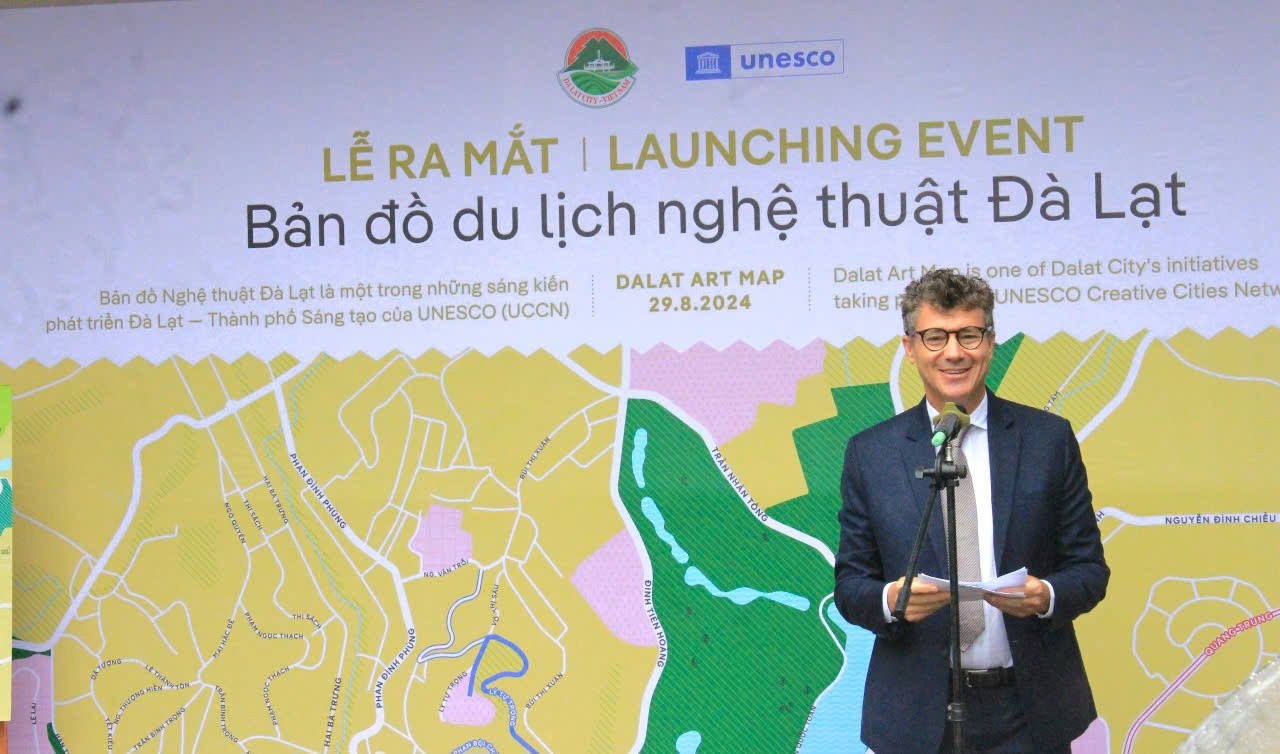
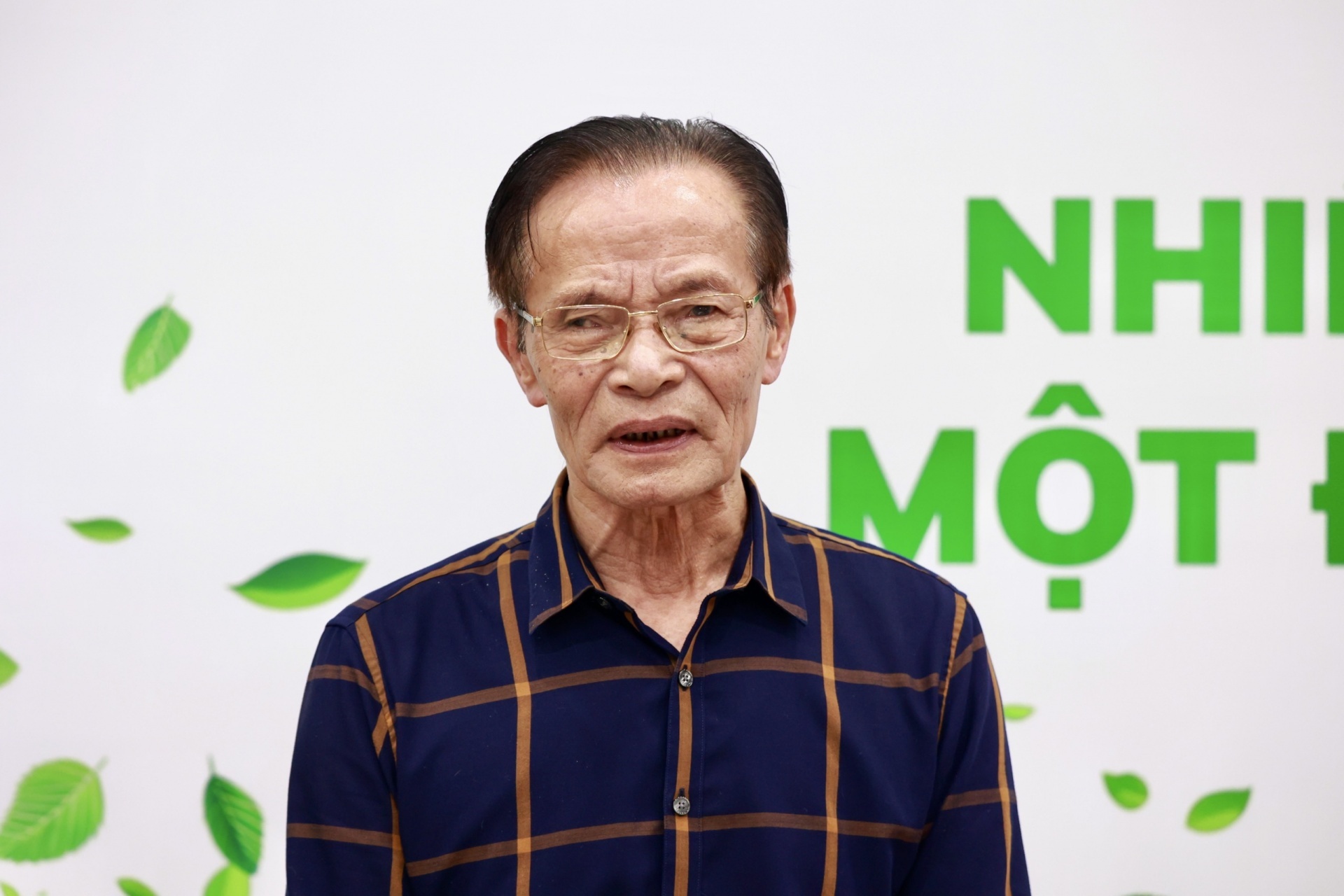

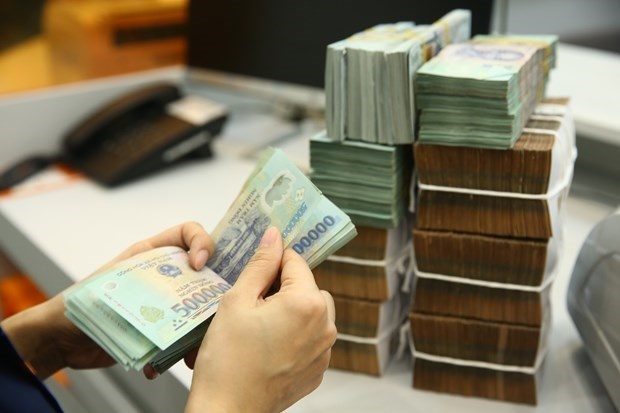



 Mobile Version
Mobile Version